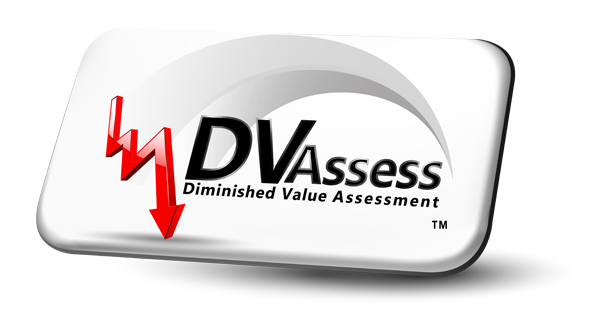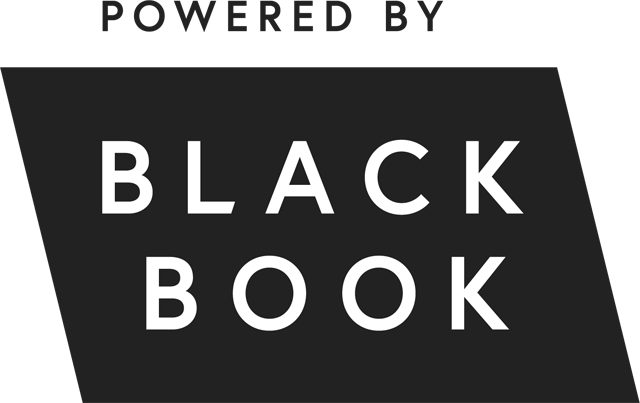Navigating the Average Diminished Value Claim Landscape

Navigating the aftermath of a car accident often involves more than just physical repairs; it includes addressing the less visible, yet significant, issue of your vehicle’s diminished value. Understanding how to effectively communicate your claim for this loss is crucial. This is where the legal aspects of diminished value come into play. A well-crafted demand letter to the insurance company can be pivotal in securing the compensation you deserve.
This article guides you through the essential steps of composing a persuasive and impactful demand letter for diminished value. From structuring your letter to employing the right tone and language, and finally ensuring it reaches the right hands, we cover every aspect to enhance your chances of a successful claim.
Structuring Your Demand Letter
A well-structured demand letter can significantly impact the success of your claim. The letter should begin with your personal contact information, followed by the date and the contact details of the insurance company. The introduction should clearly mention that the letter pertains to a diminished value claim. This should be followed by a brief and clear account of the accident, providing essential details without straying into irrelevant territory.
The body of the letter should detail the accident, including the date, location, and how it occurred, in a clear and factual manner. Follow this with a section on the repairs, emphasizing the extent of the damage and the quality of the repairs.
This is where you demonstrate the severity of the incident and its impact on your vehicle’s value. Stay objective and avoid emotional language, as the goal is to present a logical and evidence-backed argument.
The most crucial part of your letter is where you present the diminished value claim. Here, you should clearly state the pre-accident value of your car, the post-repair value, and the diminished value that you have calculated, ideally supported by a professional appraisal. Specify the exact amount you are seeking as compensation. Providing these figures with clarity and backing them up with supporting documents strengthens your case.
Employing Persuasive Language and Supporting with Evidence
- The tone and language of your demand letter are as important as the information it contains. It should be professional yet assertive, clearly stating your expectations from the insurance company without being confrontational. Persuasive language is key in emphasizing the legitimacy of your claim and the impact of the diminished value on your financial situation.
- Support your claims with ample evidence. Include copies of relevant documents such as repair bills, appraisal reports, and the accident report. This not only validates your claim but also demonstrates your thoroughness and attention to detail, making it harder for the insurance company to dismiss your claim.
- To further bolster your case, consider including references to similar successful diminished value claims. This adds a layer of credibility, showing that your demands are grounded in precedent and are reasonable. Real-life examples can serve as powerful tools in substantiating your claim and setting a context for your expectations.
Concluding with a Call to Action and Professional Tone
The conclusion of your demand letter is where you prompt the insurance company to act. Clearly state your expectations for a resolution and propose a reasonable deadline for their response. This part of the letter should convey your seriousness about the claim and your readiness for further discussion if necessary. A specific call to action, such as requesting a settlement meeting or a response by a certain date, can significantly increase the likelihood of a prompt reply.
In addition to setting clear expectations, the conclusion should reiterate the key points of your claim. Summarize the diminished value you are claiming, the evidence you’ve provided, and why you believe the claim is justified. This reinforces your position and reminds the recipient of the letter’s purpose. A strong conclusion not only emphasizes your demands but also leaves the recipient with a clear understanding of your stance and the seriousness of your claim.
Lastly, it’s important to maintain a professional tone throughout the conclusion. Avoid any language that could be perceived as aggressive or confrontational. Instead, aim for a tone that is firm yet respectful, indicating that you are open to amicable negotiations but are also prepared to take further action if necessary. A well-written conclusion can make a significant difference in how your demand letter is received and how quickly the insurance company responds.
Sending the Demand Letter and Conclusion
Once your letter is finalized, the method of delivery is crucial. Sending the demand letter via certified mail is recommended as it provides proof of delivery. This record is important in case the insurance company fails to respond or if the claim escalates to legal proceedings. Certified mail also emphasizes the seriousness of your claim, signaling to the insurance company that you are methodically pursuing your diminished value compensation.
After sending the letter, it’s essential to be prepared for the next steps. The insurance company may contact you to negotiate or to request additional information. Be ready to engage in discussions, but also remain firm on your claim’s validity. If the insurance company fails to respond within the set deadline, consider following up with a phone call or an email, reminding them of your demand and the deadline you set.
In conclusion, writing an effective demand letter for a diminished value claim is a strategic process that requires attention to detail, a persuasive narrative, and a clear call to action. By structuring your letter properly, using persuasive language, supporting your claims with evidence, and following up appropriately, you enhance your chances of receiving fair compensation. Remember, in the complex world of insurance claims, a well-crafted demand letter is a crucial tool in asserting your rights and navigating these challenges successfully. It’s not just about presenting facts; it’s about telling your story in a way that compels the insurance company to act in your favor.




